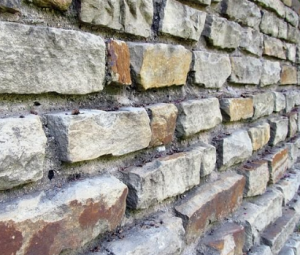A retaining wall is an effective design element, but it’s essential to understand that proper installation is key to its success. Without the right procedure, your fence can be as disastrously damaged as one built without a design.
Quality Residential Retaining Walls Melbourne is the most common method of landscaping and building work in landscaping around a home or business. With the right design, a retaining wall can protect and beautify the landscape.
 The necessary process of installing a retaining wall begins with the planning stage. Planning will include determining the best location and design for the wall, along with the final budget. With this information in mind, you can prepare your project for construction.
The necessary process of installing a retaining wall begins with the planning stage. Planning will include determining the best location and design for the wall, along with the final budget. With this information in mind, you can prepare your project for construction.
In the beginning stages of construction, landscaping experts should not only make sure the site has enough space to accommodate the wall’s erection but also include preparation for soil removal and grading. It’s also a good idea to include a concrete wall to start with.
When building the retaining wall, keep in mind that the design and materials used are designed to work with each other. When you’re choosing materials, it’s essential to consider the outside and inside of the house look together. For example, red brick is easier to find than a white brick so that it will work better as a component of the design.
After the initial construction and layout have been done, it’s time to decide on the design and materials to use. A retaining wall is not an exact science, so it’s a good idea to take your personal preferences into account before starting the design process. You’ll be working with local laws as well as local ordinances regarding the kind of materials and designs required for the job.
Landscapers who are installing the wall typically install a concrete foundation and cut an unlevel surface at the top of the wall. It is an essential step because, in a lot of cases, the soil needs to be levelled to allow for water drainage, which is where the cut surface comes in. Once the foundation has been formed, the wall can be ready for installation.
It’s also essential to have a concrete layer when the soil is saturated. It will help to make sure that water doesn’t soak through the foundation and soak into the ground below, as this is what will cause the water to seep into the ground and eventually flood the home. As much as possible, you want to make sure the foundation stays dry so the foundation can hold up the rest of the landscape and exterior.
The last phase of the installation of Quality Residential Retaining Walls Melbourne is to maintain the wall for years to come appropriately. To make sure the wall is clean and fresh, you’ll need to have the dirt removed periodically. You can do this with a hose from the home or an industrial-strength soaker hose with no water resistance, which can last several months.
To protect the concrete layer from weathering, you’ll need to either put down a polyethylene base, which lasts for several years, or a siding or vinyl siding, which also lasts for several years. These materials will help to keep the concrete layer from drying out, and they’ll help extend the life of the wall. For the most optimal protection, you’ll want to install the wall at least a foot above the soil level.